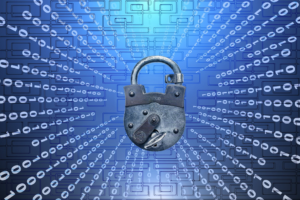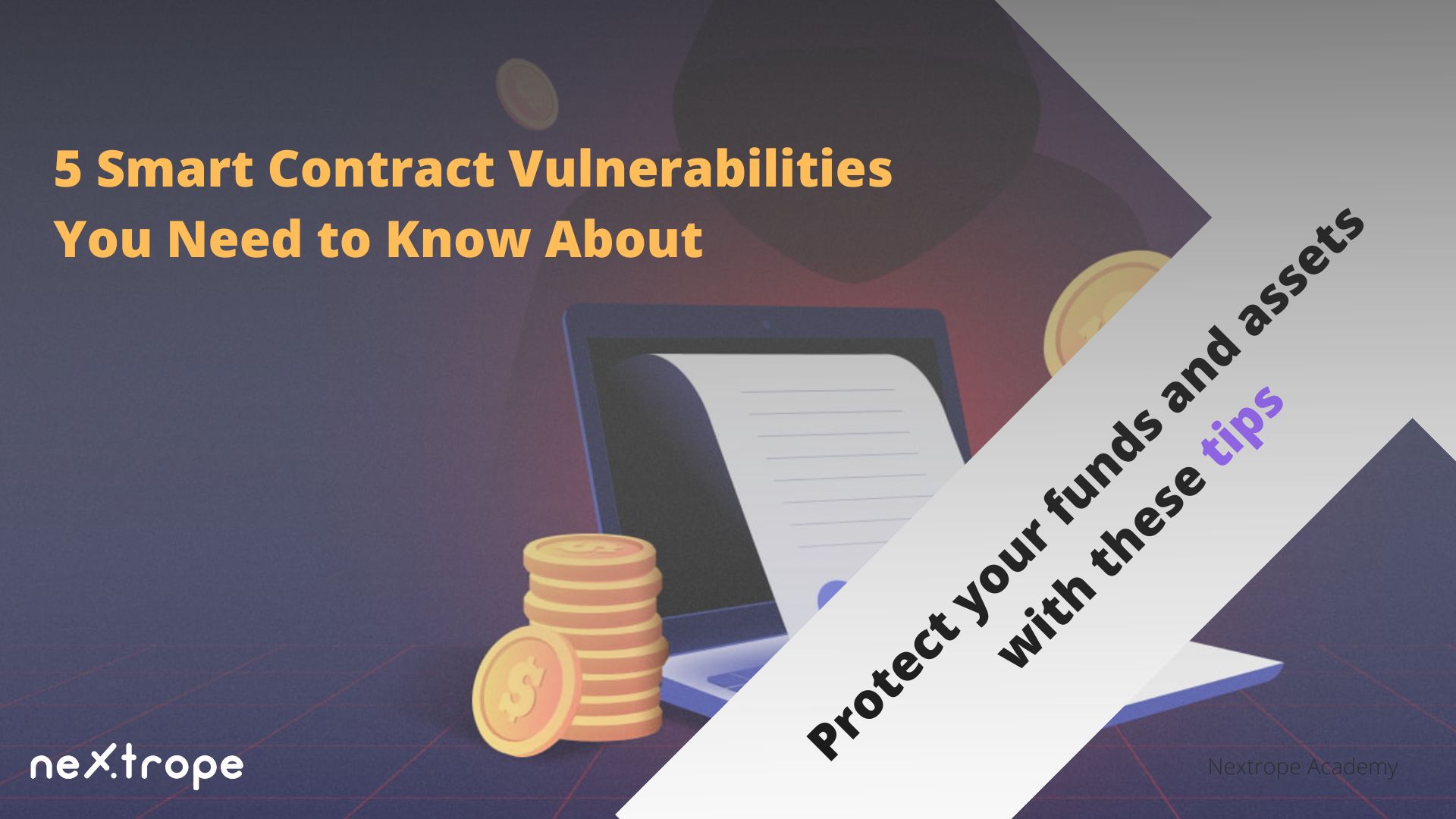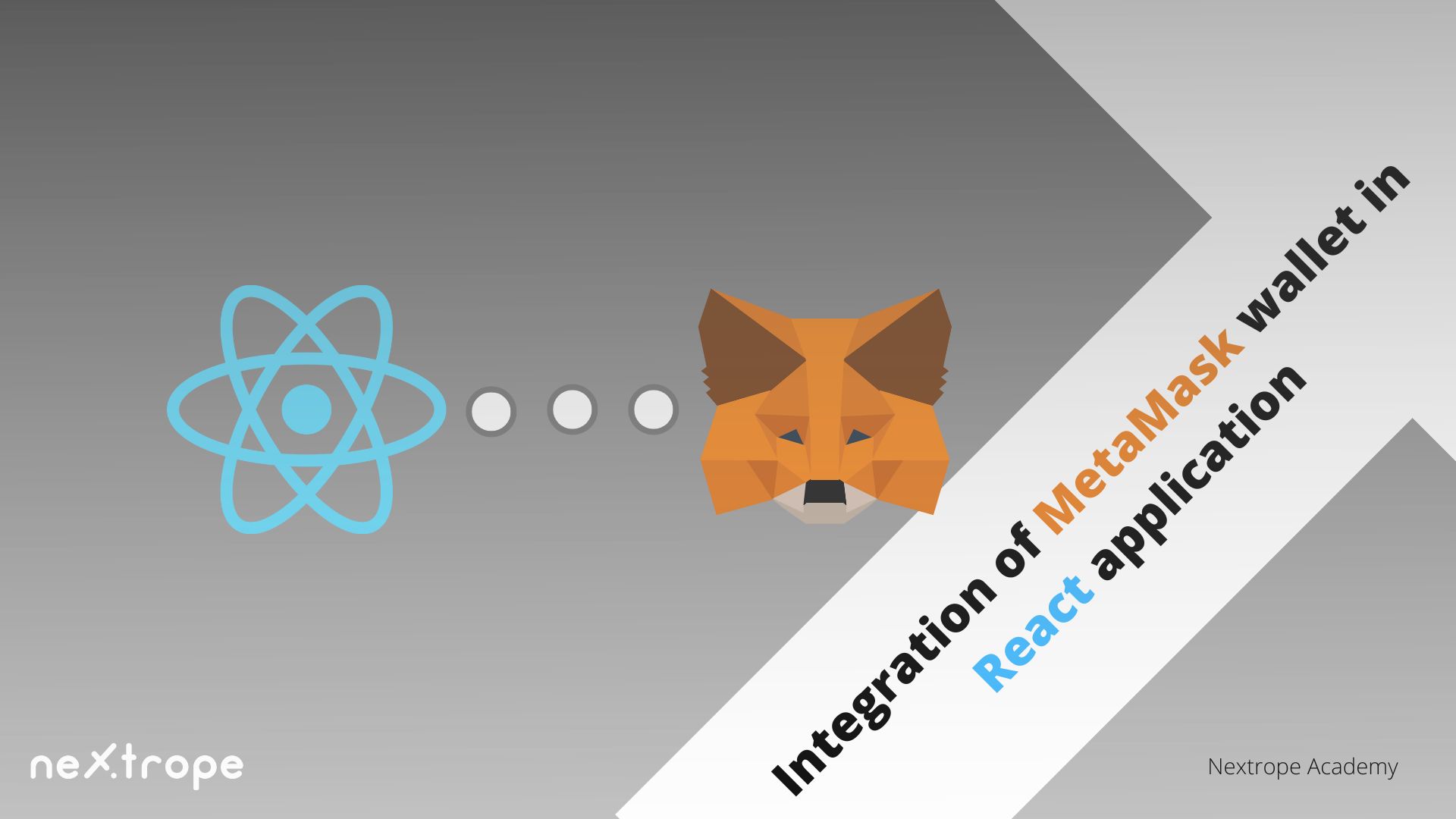Smart contracts are secure, self-executing digital contracts. They are being used more frequently to manage a variety of tasks, such as money transfers and property transfers. Smart contracts have a lot of advantages, but they also carry a lot of risk. Therefore, before deployment, a smart contract audit is essential. In this article, we'll go through why it's important to audit smart contracts, how to choose a smart contract auditor, and how to streamline the auditing procedure.
Introduction to Smart Contracts
Smart contracts have grown in popularity as a safe and open way to manage agreements and transactions. Smart contracts are digital contracts that are maintained on a blockchain and executed automatically when specific circumstances are satisfied. These agreements can be used for a variety of transactions, including as the trading of goods and services as well as the transferring of rights and ownership. Although smart contracts provide a number of advantages, including security, transparency, and immutability, it is essential to carry out an audit before deploying them in order to guarantee their dependability and security.
Why is Auditing Smart Contracts Important
Blockchain smart contracts must be audited in order to find and fix any potential flaws or mistakes before they are put into use. A smart contract that has been stored on the blockchain cannot be changed after that point because it is a decentralized and immutable record. Any defects or weaknesses in a smart contract could have severe repercussions, including monetary losses, legal troubles, or reputational harm. Therefore, before a smart contract is implemented, it must undergo an audit to confirm its security and dependability. In order to guarantee smart contracts' ongoing security and dependability when changes are made, it is also advisable to audit them frequently.
What is a Smart Contract Audit?
An audit of a smart contract's code is done systematically to look for any vulnerabilities or defects that might exist. A certified smart contract auditor who is proficient in the programming language used to create the contract does this process. In order to find any problems like wrong grammar, faulty logic, or insufficient security measures, the auditor thoroughly examines the code line by line during the audit. The audit also seeks to locate any malware or other potential security risks in the contract. The auditor then submits a report detailing their findings and recommendations for improvement.
Benefits of a Smart Contract Audit
The advantages of auditing smart contracts are numerous. It aids in making sure the contract is trustworthy and safe, which can lower the chance of monetary losses, legal problems, and reputational harm. Additionally, it assists in ensuring that the contract complies with current laws and norms.
Smart contract auditing enables the detection of possible problems before they have a chance to do much harm. This can assist in lowering the price of any necessary repairs or modifications. As any possible problems may be rapidly detected and fixed, it can also aid in reducing the amount of time required to deploy the contract.
What to Look for in a Smart Contract Auditor
Look for someone with experience and expertise when choosing a smart contract auditor. The auditor should be knowledgeable with the best practices for auditing smart contracts and have a thorough understanding of the coding language used to develop the contract.
Additionally, the auditor needs to be familiar with the particular platform that was used to draft the contract. For instance, the auditor needs to be familiar with the Ethereum Virtual Machine if you're using it. This will help to guarantee that the audit is thorough and correct.
The Process of Auditing Smart Contracts
Smart contract auditing often entails a more in-depth and exhaustive examination of the code. The following steps may also be included in the process:
- Setting up a testing environment: In order to deploy and test the smart contract, the auditor must set up a testing environment. Installing the required software and equipment, such as a local blockchain network or an emulator, may be required to accomplish this.
- Examining the overall structure of the code: The auditor will examine the code's overall structure to make sure it is clear and ordered. They will also look for any coding best practices or standards that have been adhered to.
- Checking for any vulnerabilities in the code: The auditor will carefully study the code to look for any possible flaws or vulnerabilities that might be taken advantage of. This involves keeping an eye out for unsafe coding procedures like the usage of unsecure libraries or improper input validation.
- The contract will be put through its paces by the auditor to make sure it performs as planned and that all of its features and functions are operationally sound. Writing test cases or scenarios to put the functionality of the contract to the test may be required.
- Making recommendations: After the audit is finished, the auditor will deliver a report with their conclusions and suggestions. Any concerns that were discovered during the audit will be described in this report along with recommendations for how to deal with them. The report might also make suggestions for enhancing the contract's general stability and security.
Best Practices for Auditing Smart Contracts
In order to guarantee the security and dependability of blockchain-based applications, smart contracts must be audited. When auditing smart contracts, it's crucial to adhere to established practices for the best outcomes.
Utilizing a trustworthy auditor with experience and understanding is a crucial best practice. A competent auditor who is well-versed in smart contracts would be able to see possible problems and make insightful recommendations.
Making a thorough audit strategy before starting the audit is another crucial best practice. The audit's scope, the exact sections of the code that will be examined, and any testing that will take place should all be specified in this plan.
It's crucial to examine the code line by line during the audit to find any potential problems. To do this, you might check for erroneous logic, poor syntax, or missing security precautions. The auditor should also search for any potentially harmful code or security issues.
The auditor should deliver a thorough report detailing their findings and suggestions after the audit is finished. Any concerns that were discovered during the audit should be described in this report along with recommendations for how to deal with them. Additionally, suggestions for enhancing the contract's general stability and security should be included in the report.
It's critical to frequently check on the contract to make sure it's safe and trustworthy. To make sure the code is current with the most recent best practices and security precautions, this may entail running tests or reviewing it frequently.
Conclusion
An essential step in assuring the security and dependability of these contracts is smart contract audits. It is feasible to prevent damage and lower the cost of repairs or modifications by identifying potential weaknesses or vulnerabilities. It's crucial to take into account a smart contract auditor's level of experience and familiarity with the applicable platform when making your decision.
Smart contract audits are another way to make sure that laws and standards are being followed. By streamlining the deployment procedure, time and resources may be saved. Using our AI auditing platform, Nextrope provides effective and thorough smart contract security assessments. To secure the security and dependability of your smart contracts, get in touch with us right now.
 en
en  pl
pl 







